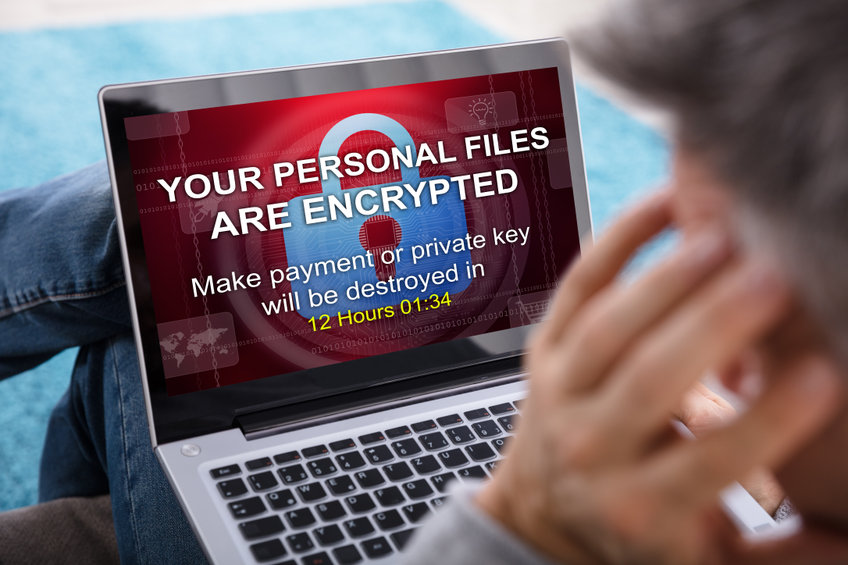Ransomware attacks introduce malicious software into a computer system of the future victim either by exploiting a vulnerability in the software or email attachment. The victims' data is encrypted by software. It's equivalent to digital hostage-taking. The hackers will demand a ransom in bitcoins to avoid being traced before they can release the data. Ransomware prevention is now the focus area for Los Angeles IT services providers.
A common form of ransomware in the past was double extortion ransomware. But a new player is on the scene: double encryption ransomware. Cybercriminals have two big wins with this particular version of crypto-ransomware.
The double encryption ransomware locks down the data twice. Therefore, the victims can access all functions of the computer, but their data is encrypted.
The double lockdown gives bad actors access to two separate decryption keys, allowing them to pull their usual double extortion trick.
In computer security, double encryption refers to a multiple-layer security method. Double encryption ransomware locks down data twice.
Separate gangs mostly compromised and encrypt the same data in ransomware outbreaks. Double encryption was just a coincidence. But today, we have new ransomware campaigns that deliberately layer ransomware on top of each other.
Double Trouble
Double encryption ransomware adds an element that makes it so dangerous. The victim's data is taken hostage after they are responding to a phishing message. Two encryptions spread across the victim's system on two different functions.
Because remote and hybrid teams rely on email so much, this is becoming an increasingly severe threat. Cybercriminals benefit more from double lockdowns since they stand a higher chance of earning money. A highly skilled recovery team can sometimes unlock an encrypted victim's data, but it's another story when the data has been encrypted twice. That's why Los Angeles IT services professionals advise businesses to constantly have data backups offline and online.
A phishing lure typically includes multiple "brands" of ransomware, which cybercriminals will use to infect the victim's system. Layered encryption can be used sometimes. A ransomware brand encrypts data first, then uses a second brand to re-encrypt it.
Two ransom messages describing the attack may be sent to targeted organizations. After paying for the first layer of encryption removed, the second layer of encryption becomes visible.
Recovery from standard ransomware cases is often highly challenging. Those in charge of cybersecurity and IT face an even more significant challenge with double encryption.
Any business that suffers from this kind of attack will find it a nightmare. Cybercriminals deliver ransomware through sophisticated phishing emails, regardless of the type of attack they use. Businesses can avoid being infected with ransomware by preventing phishing emails from reaching their employees' inboxes, where they could be unleashed in a single click.
Get in touch with us at Vitalpoints to learn how to minimize the risk of double encryption attacks and respond when the attack happens. We are a leading provider of IT services in Los Angeles.


